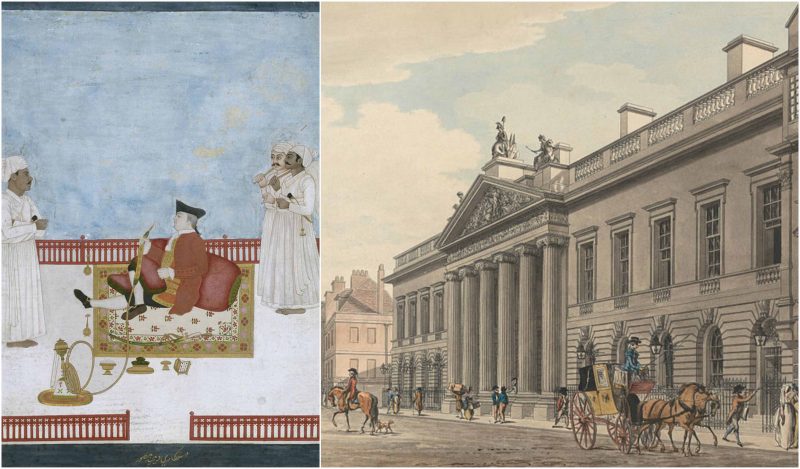“[The East India Company] accomplished a work such as in the whole history of the human race no other company ever attempted and as such, is ever likely to attempt in the years to come.”
The Times, January 2, 1874
The Lloyd’s building in central London was built on land where, until two centuries ago, stood the headquarters of the largest and most powerful company in the world – the East India Company. It began as a group of merchants who called themselves “Governor and Company of Merchants of London Trading with the East Indies,” later adopting a simpler name, “East India Company.”
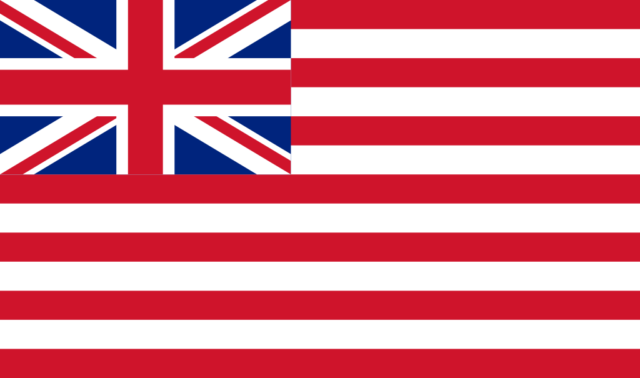
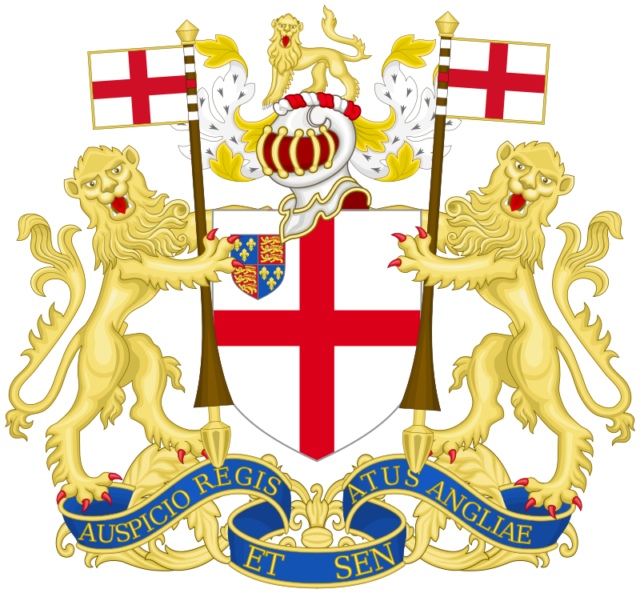
During the 1500s European explorers sailed to the East for trade. The Spanish and Portuguese dominated the market in the beginning, and nobody else could win over their new sailing routes. However, after 130 ships of the Spanish Armada were defeated on the shores of England in 1588, the British and the Dutch took the lead in trading with the East Indies. Merchants from the Netherlands jumped ahead, focusing on the peppercorn and spice trade.
The English were worried about falling behind the Dutch in new trading routes so, on the last day of 1600, over 200 merchants were granted the right to trade in the Indian Ocean by Queen Elizabeth I.
One of those groups was about to become the most powerful company in the world. They began as a very small group of businessmen and investors, aiming to capitalize on the new trading opportunities.
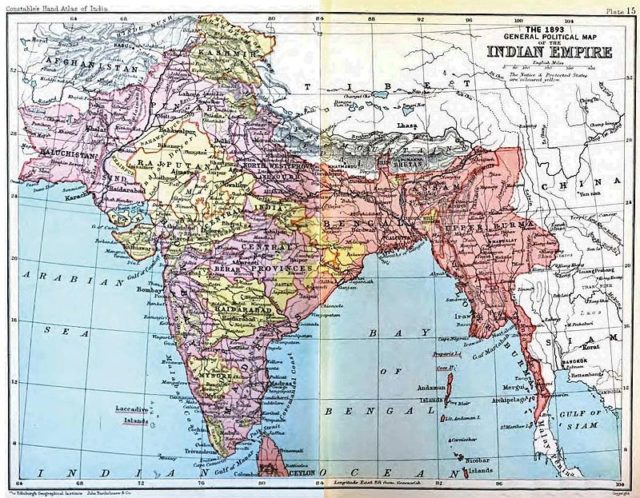
The first expedition of the company started in 1601 when four ships under the command of James Lancaster headed toward the East Indies. The ships returned two years later carrying 500 tons of pepper.
Lancaster was knighted for this service. Although East India Company shareholders made a good profit from the initial voyages, during the mid-1600s competition with the Dutch drastically increased. At the same time, trade was challenged by pirates, wars, and shrinking profit margins.
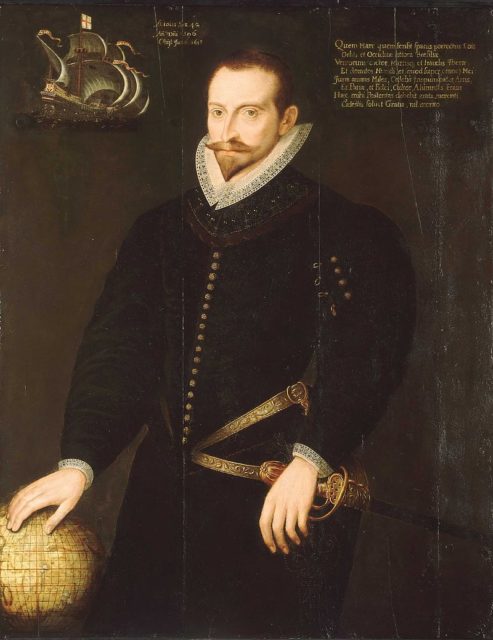
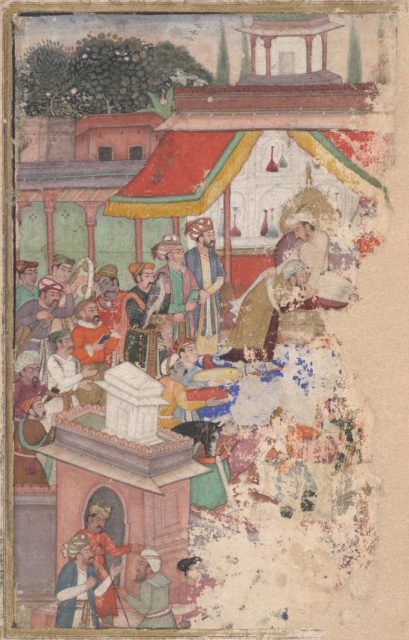
At the peak of the competition, the East India Company decided to step out of the spice trade, turning its interests instead towards goods like silk and cotton. Spices were left to the more powerful (at the time) Dutch East India Company. This strategy was a smart move, allowing the Company to dominate the global textile trade by the early 1700s. The Company even amassed its own army to protect its trading interests. Forces were stationed in Madras, Bengal, and Bombay in India.
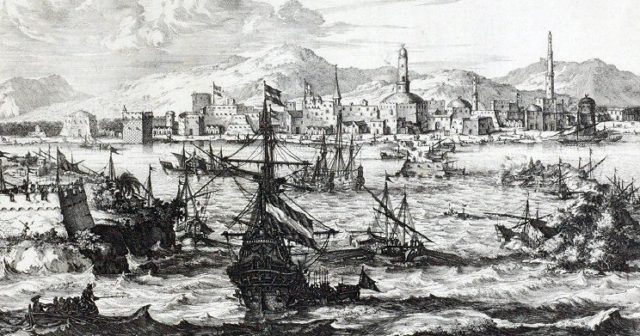
Initially, the forces of the company were only concerned with protecting its interests, but in 1757 at the Battle of Plassey, everything changed. A French-assisted local uprising led by Siraj Ud-Daula came into conflict with Robert Clive and the Company’s army. Clive quickly defeated the insurgents, though, and the Company gained full administrative powers over the territory in Bengal. This agreement included the right to tax whoever lived on the lands now owned by the East India Company.
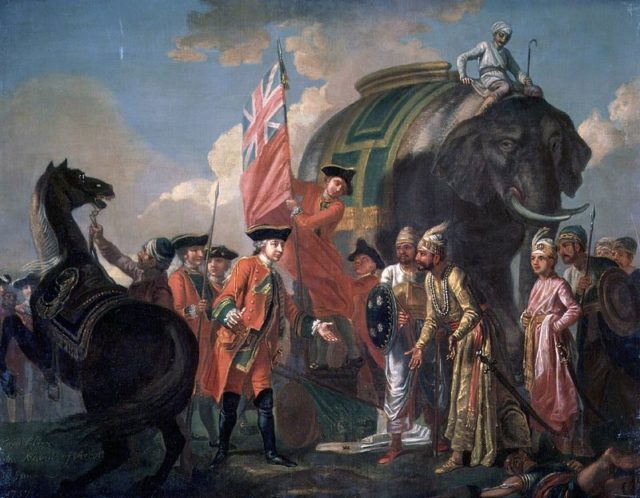
In the 18th century, the Industrial Revolution began to change the Company’s trading patterns. Before, the cotton, silks, and garments — which were very popular among the British upper class — were made by hand, by highly skilled weavers in India for the Company. After the revolution, though, these garments could be mass-produced in British factories, which dramatically lowered their prices and made them accessible to the middle class.
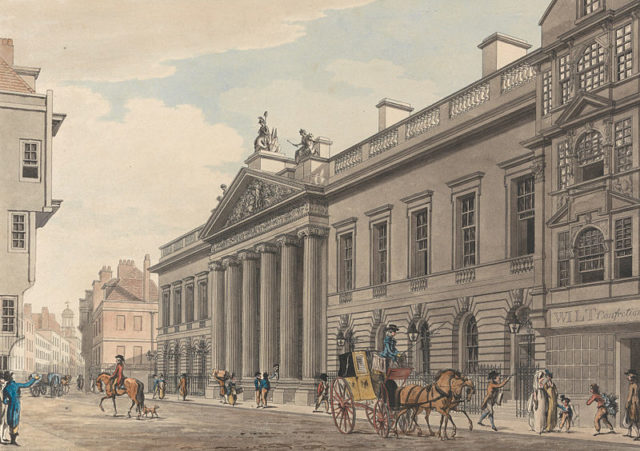
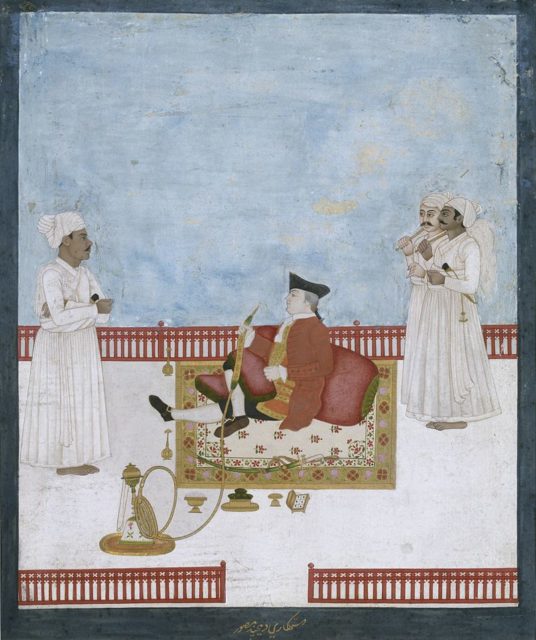
Another reason for the East India Company’s change in trading patterns was the growing demand for Chinese tea. The Company saw it as a potentially massive market, but they couldn’t import much because China only accepted silver as payment. Unfortunately for the Company, Britain was on the gold standard at the time, so silver had to be imported from continental Europe. Thus, the whole tea trade seemed financially unviable.
And yet, the East India Company did eventually make a fortune from Chinese tea. They managed to break into the market via the drug trade. The Company encouraged opium production in its Indian territories, creating an opportunity for private Indian merchants. Although it was heavily taxed, these merchants produced a lot of opium, to be sold to China. The tax revenues funded the Company’s new business in tea.
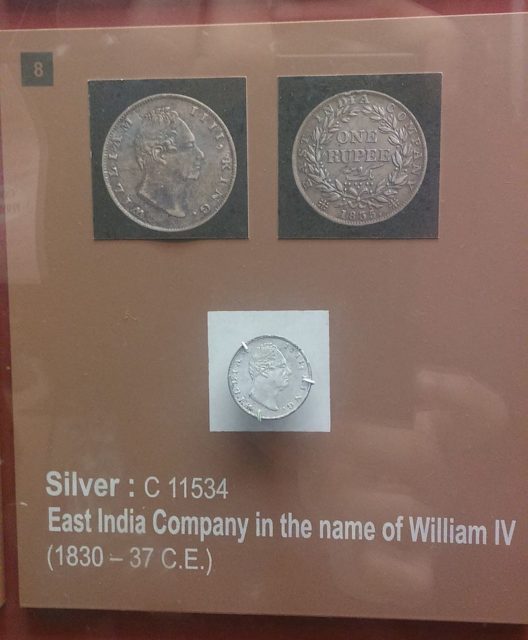
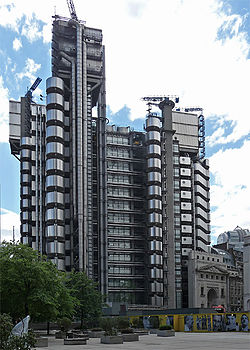
Even though the trade of opium was tolerated in China for 50 years, it was technically illegal. Because of the East India Company, the trade grew so much that the Chinese authorities couldn’t afford to let it continue. In 1839, the government ordered all opium to be handed over to them to be destroyed, which led to the First Opium War between the Company and China. At the same time, the Company’s Indian territories continued to be restless, with multiple uprisings and rebellions.
The Opium Wars indirectly led to the Indian Rebellion of 1857. The company’s army of 200,000 soldiers was around 80% Indian recruits at the time, many of whom rebelled against their rulers. These rebels killed many British soldiers, civilians, and Indians who refused to revolt. The Company responded to the rebellion by killing thousands of Indians.
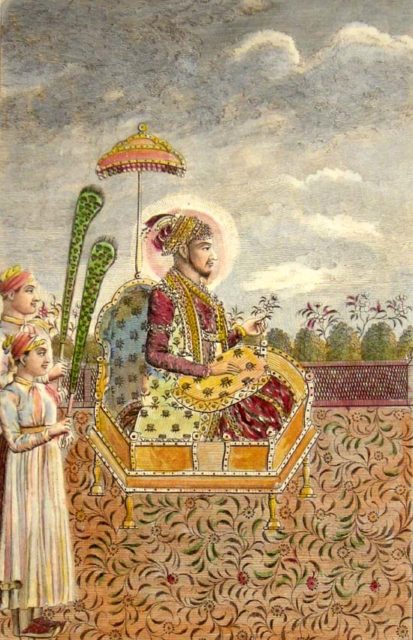
The Indian Rebellion was the beginning of the end for the East India Company. The British government turned its back on the problematic Company.
This meant that all the privileges that no other company had were withdrawn from the East India Company. Its taxation power, its armed forces, and its possessions were taken over by the Crown. The British Raj — direct British colonial rule over India — thus began, lasting until the country’s independence in 1947.
